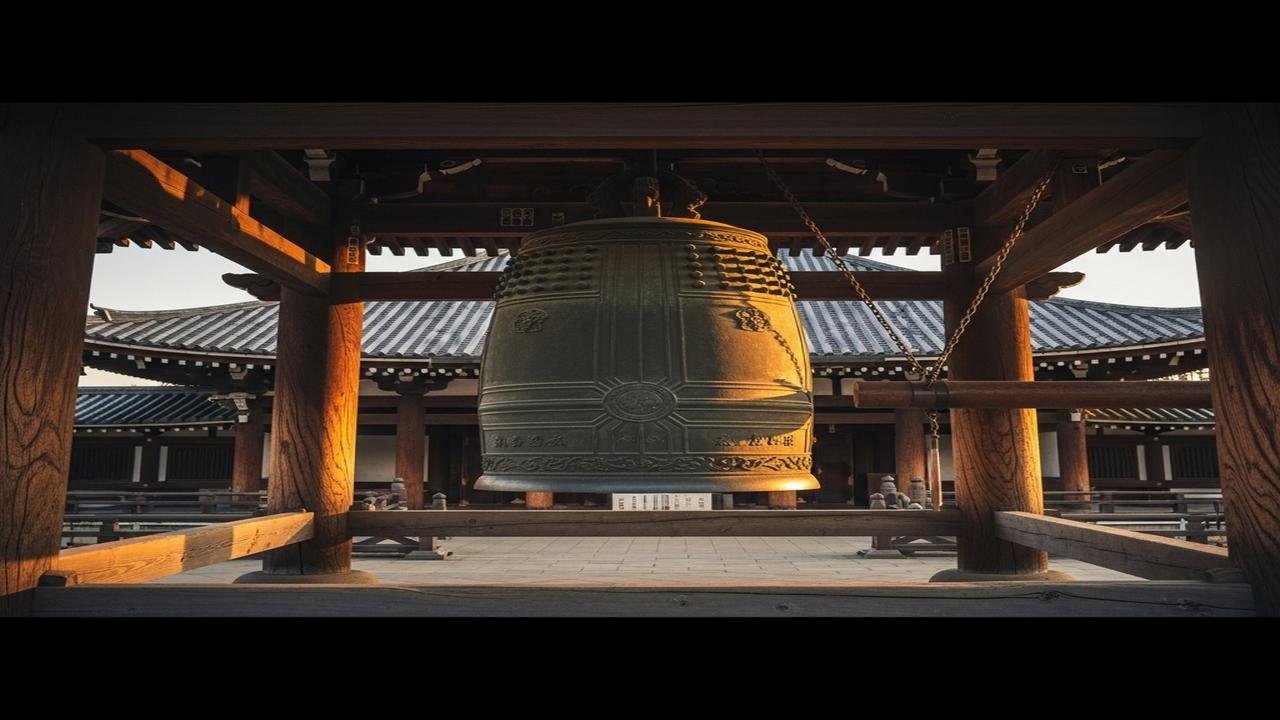You Will Not Believe Why Temples Have Giant Bells

Why do temples have giant bells?
When I first walked into a village temple as a child, the sound of a deep, slow bell wrapped itself around me like a warm shawl. The note hung in the air, and for a moment the bustle of the market and the heat of the day felt far away. That single sound seemed to call everyone gently into the present. Over the years I learned that the giant bell, or ghanta, is much more than a beautiful instrument — it is a bridge between the outer world and the inner heart.
Temples have had bells for centuries. In old texts and temple carvings we see bells hanging at the entrance, above the sanctum, and often near the priest’s place. Craftsmen make these bells from bronze or other metals, sometimes inscribing mantras or images on them. The size of the bell matters: a large bell produces a slow, deep tone that lingers, helping people settle into silence and devotion.
Sound as sacred doorway
In Hindu thought, sound is sacred. The first sound, Om, is said to be the seed of creation. A bell’s clear, resonant tone helps create a space where that sacred sound can be felt. When a bell rings at the temple entrance or during worship, it signals a shift — from daily worries to spiritual attention. The sound draws everyone’s senses inward, making the mind more ready for prayer and offering.
Why the giant size?
- Deep resonance: A large bell produces low, long-lasting vibrations that calm the mind and body.
- Collective call: In old times, the bell gathered people from different houses, telling them it was time for worship or a festival ritual.
- Symbol of presence: The sound affirms the presence of the divine within the temple, like a welcome that reaches every corner.
Purifying vibrations
Beyond symbolism, there is a simple, beautiful truth in the bell’s ringing: sound affects everything. The bell’s vibration can help reduce distraction and create a feeling of freshness. Many elders say the bell cleans the atmosphere, removing heaviness or negative thoughts. Science also tells us that sound waves influence our nervous system, bringing brief calm and clarity — a perfect condition for devotion.
Tradition and practice
Traditions vary from region to region. In many temples, devotees ring a small bell to announce their arrival and respect. Priests ring the large bell during aarti to mark important moments in the ritual. Some temples have fixed times when the big bell is tolled for morning and evening prayers, or during festivals. The manner of ringing — steady, slow, or multiple times — carries its own meaning and rhythm.
Stories and cultural meaning
Stories about temple bells are woven into village life. An old woman might tell how the bell once rang during a storm and brought villagers to safety. A musician might speak of the bell’s tone guiding his song. These small tales show how the bell connects personal memory to a community’s spiritual rhythm.
Modern significance
Even today, with busy cities and modern noise, temple bells invite us to pause. They remind us that worship is not only ritual but attention. For those who practice yoga or meditation, the bell’s sound can become an anchor to return to the present moment.
Conclusion
The giant bell in a temple is both a sound and a symbol — a call to stillness, a purifier of space, and a keeper of tradition. Next time you hear a bell, listen as if it were a friend speaking softly: it may be inviting you to step out of haste and meet the sacred within. Reflect for a moment on the sounds that guide your life, and let one clear note bring you home.
